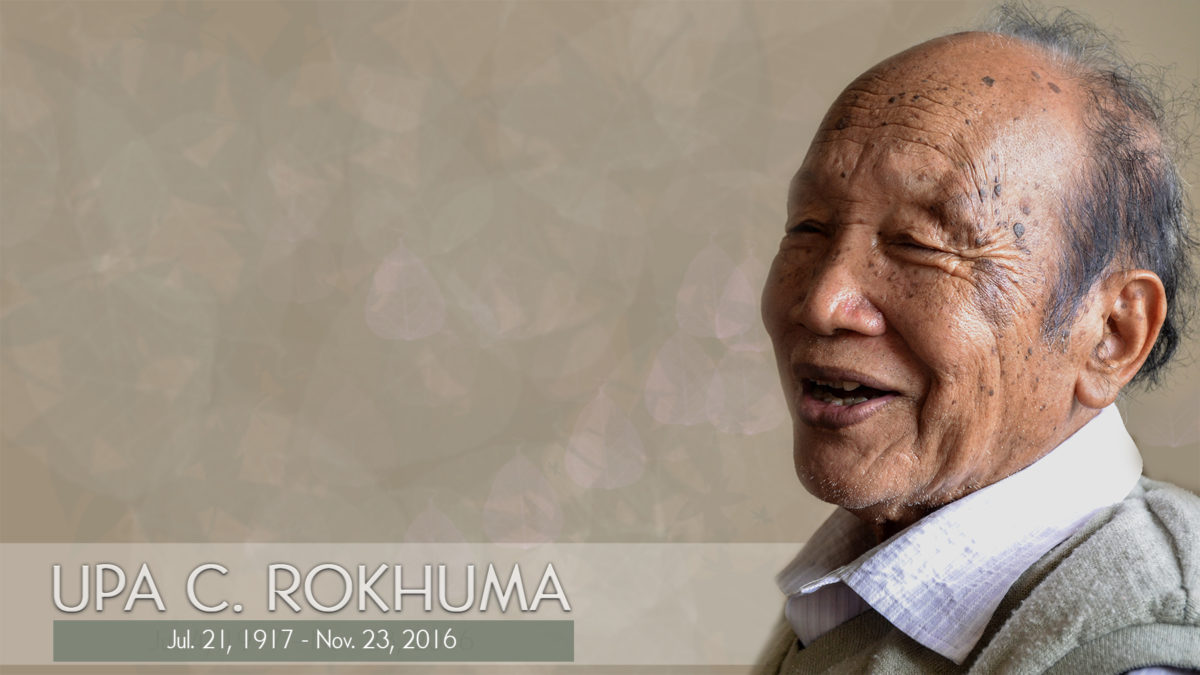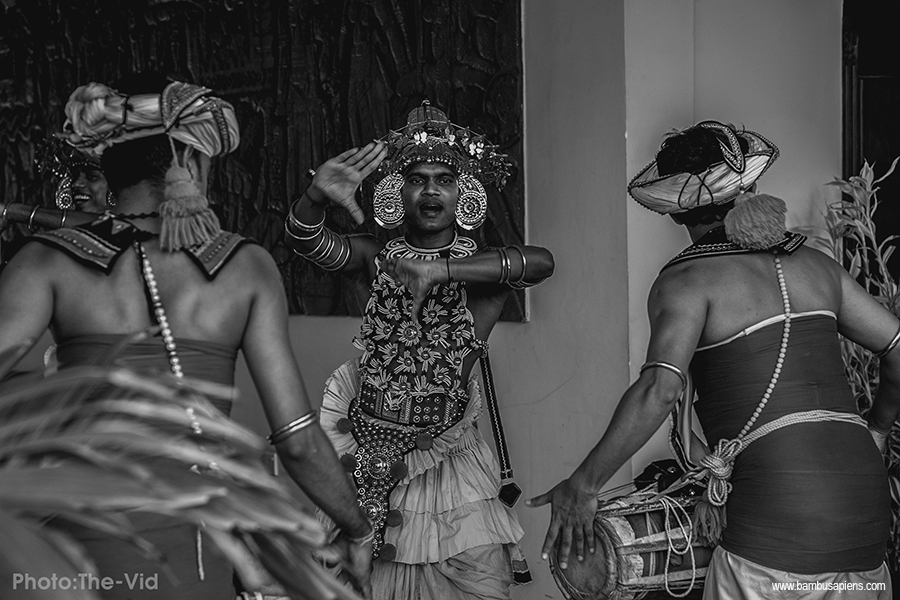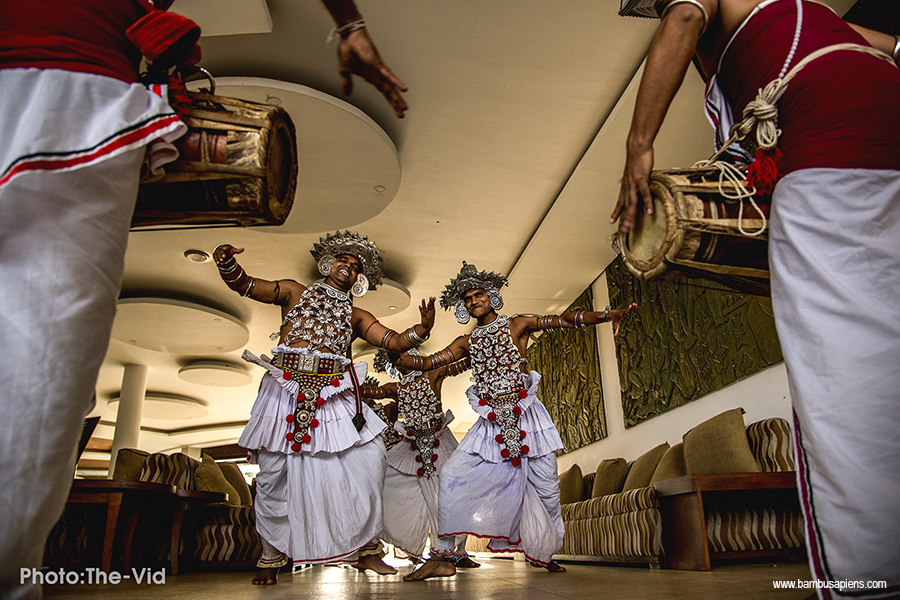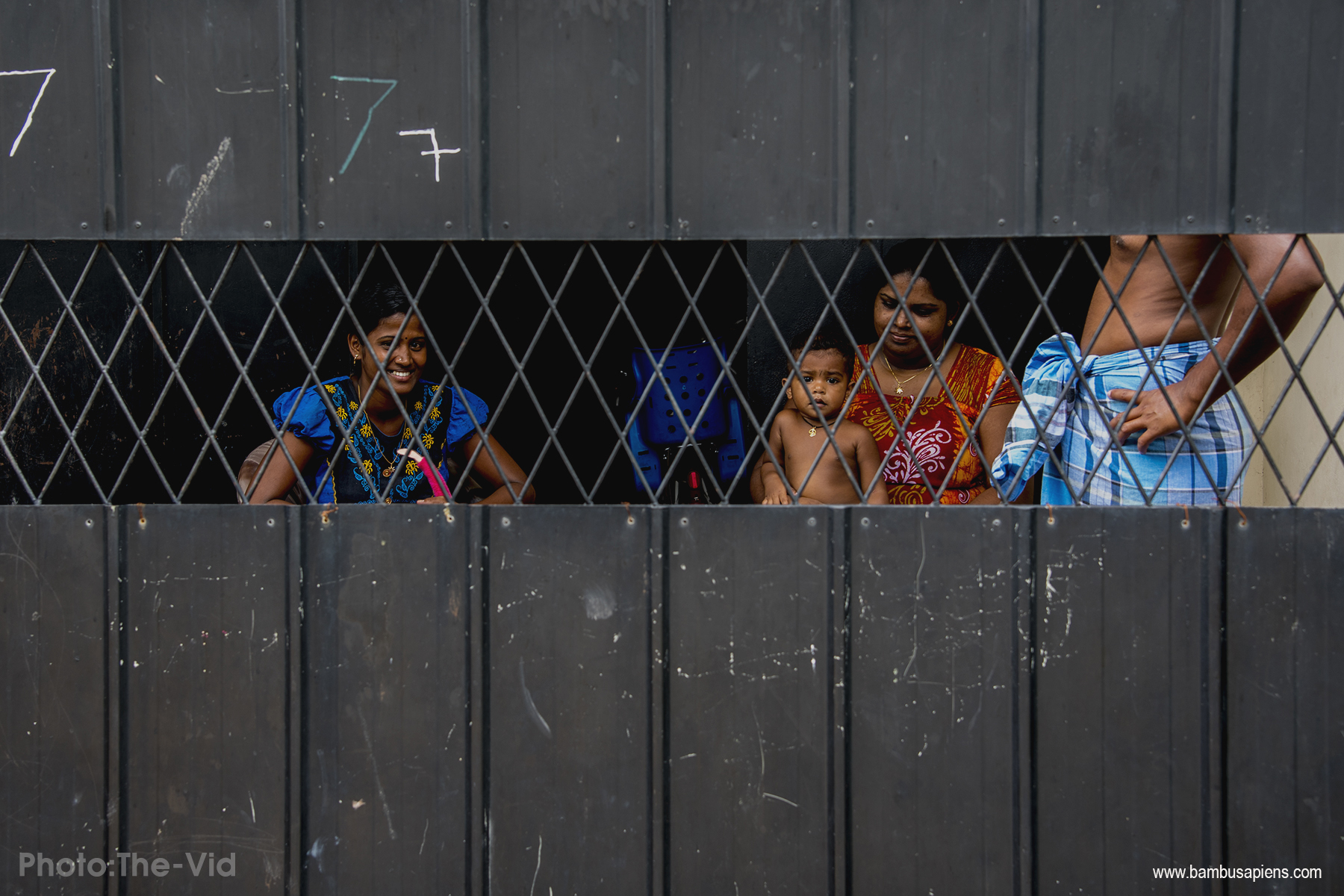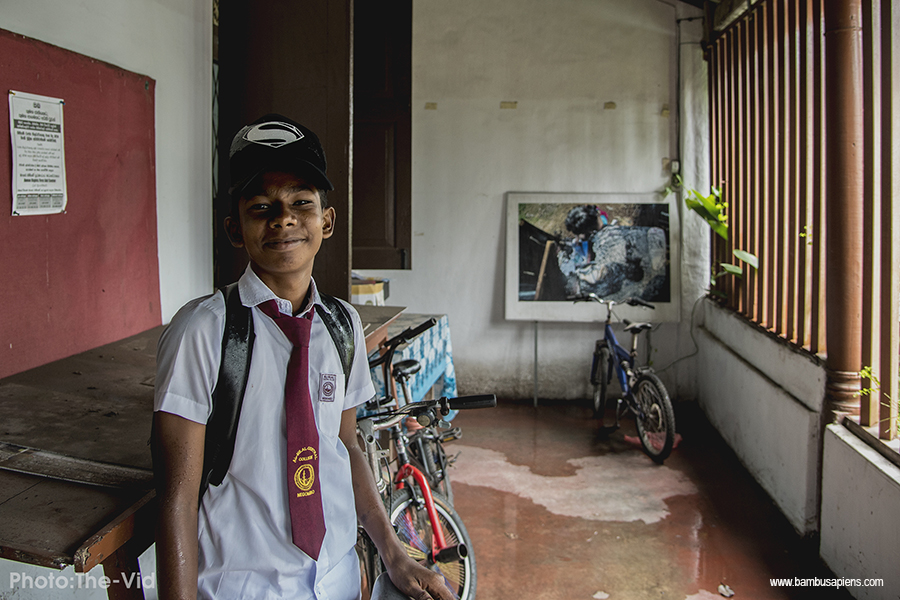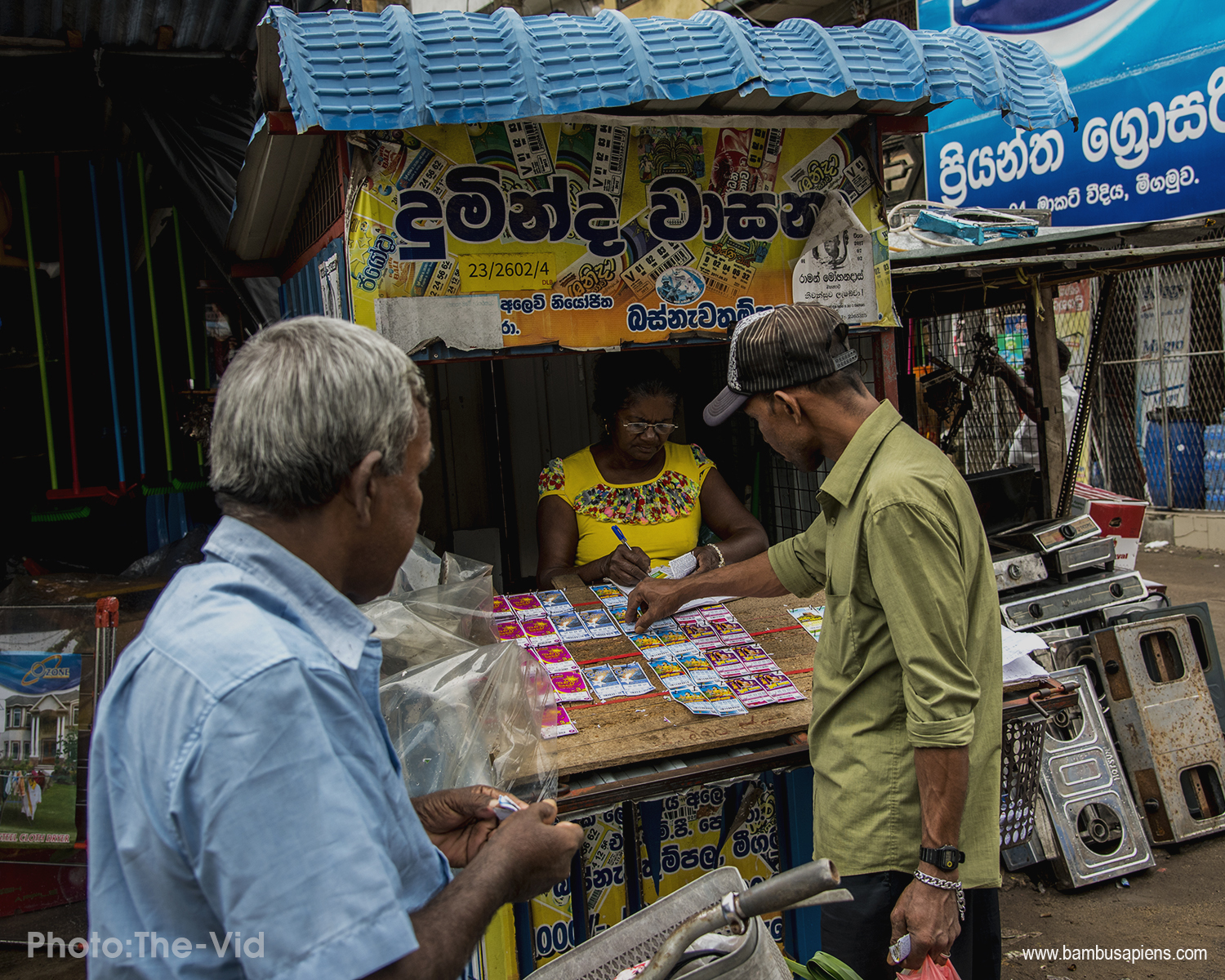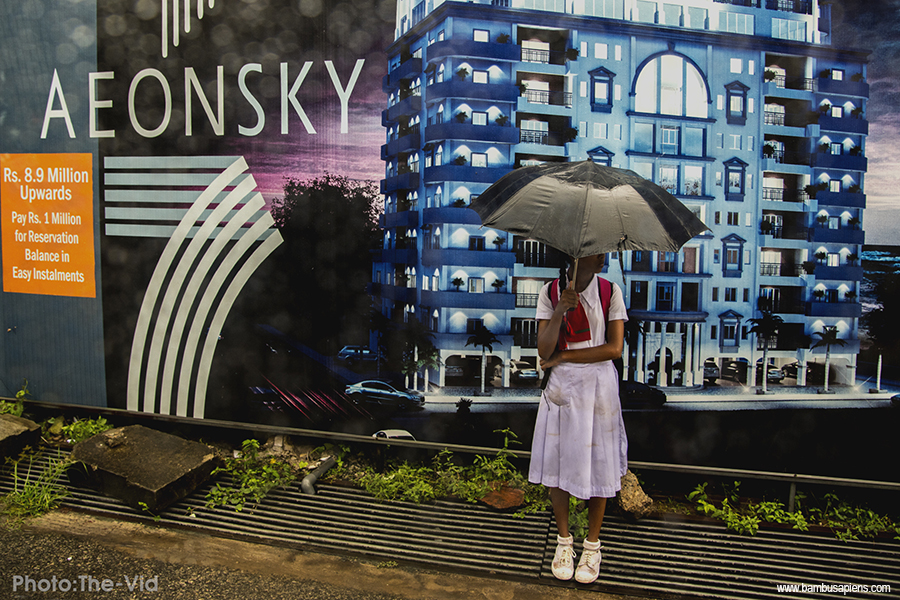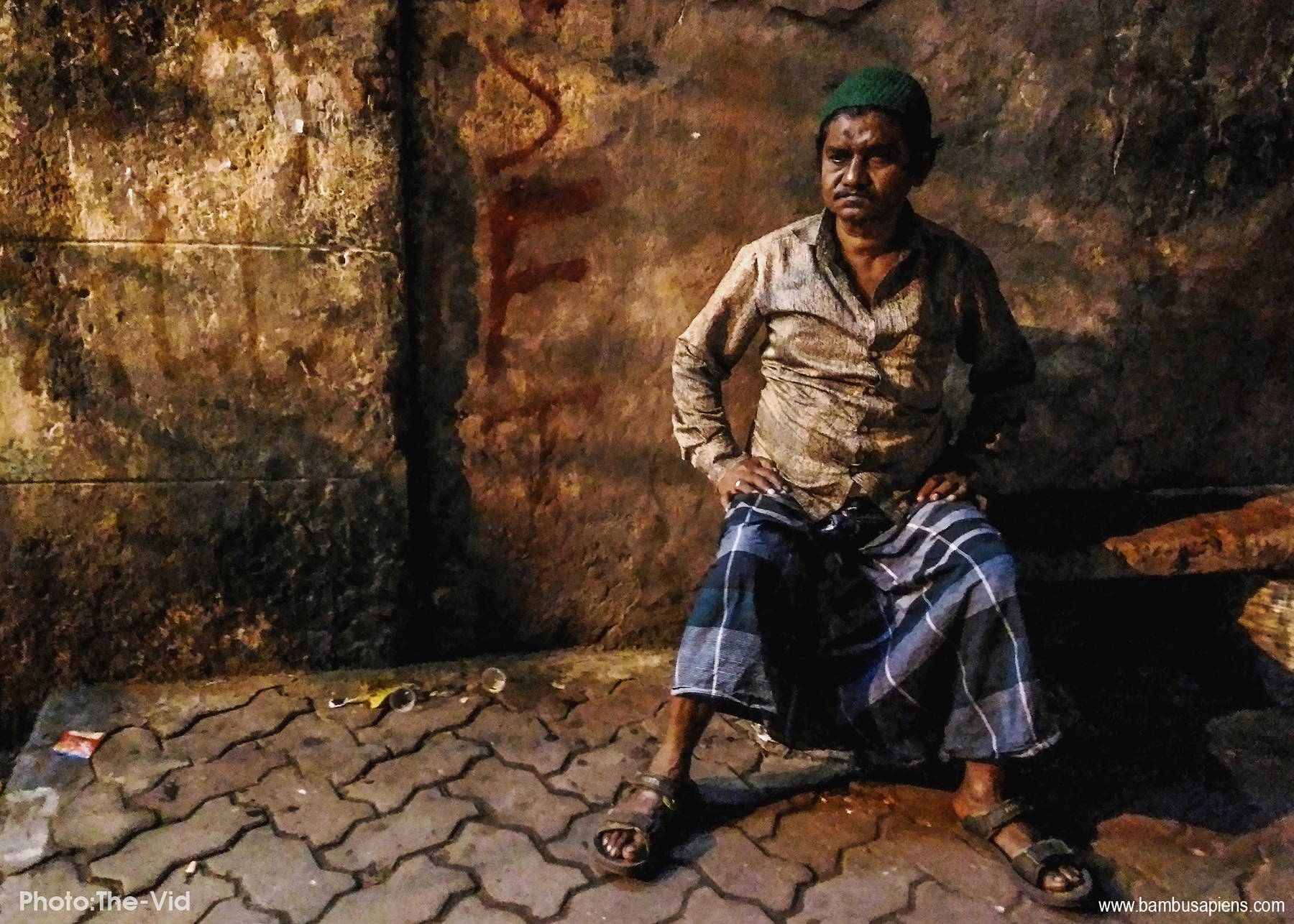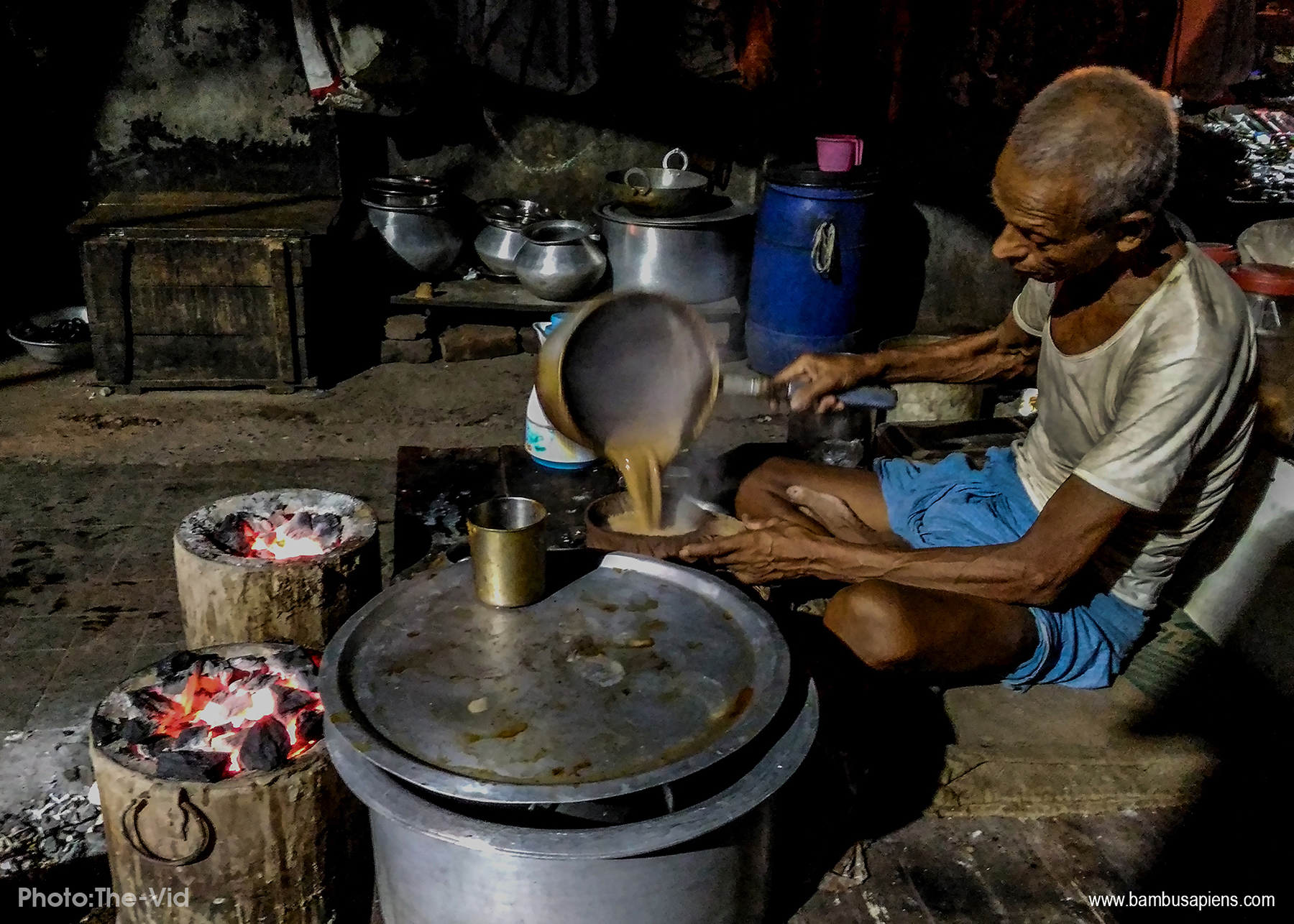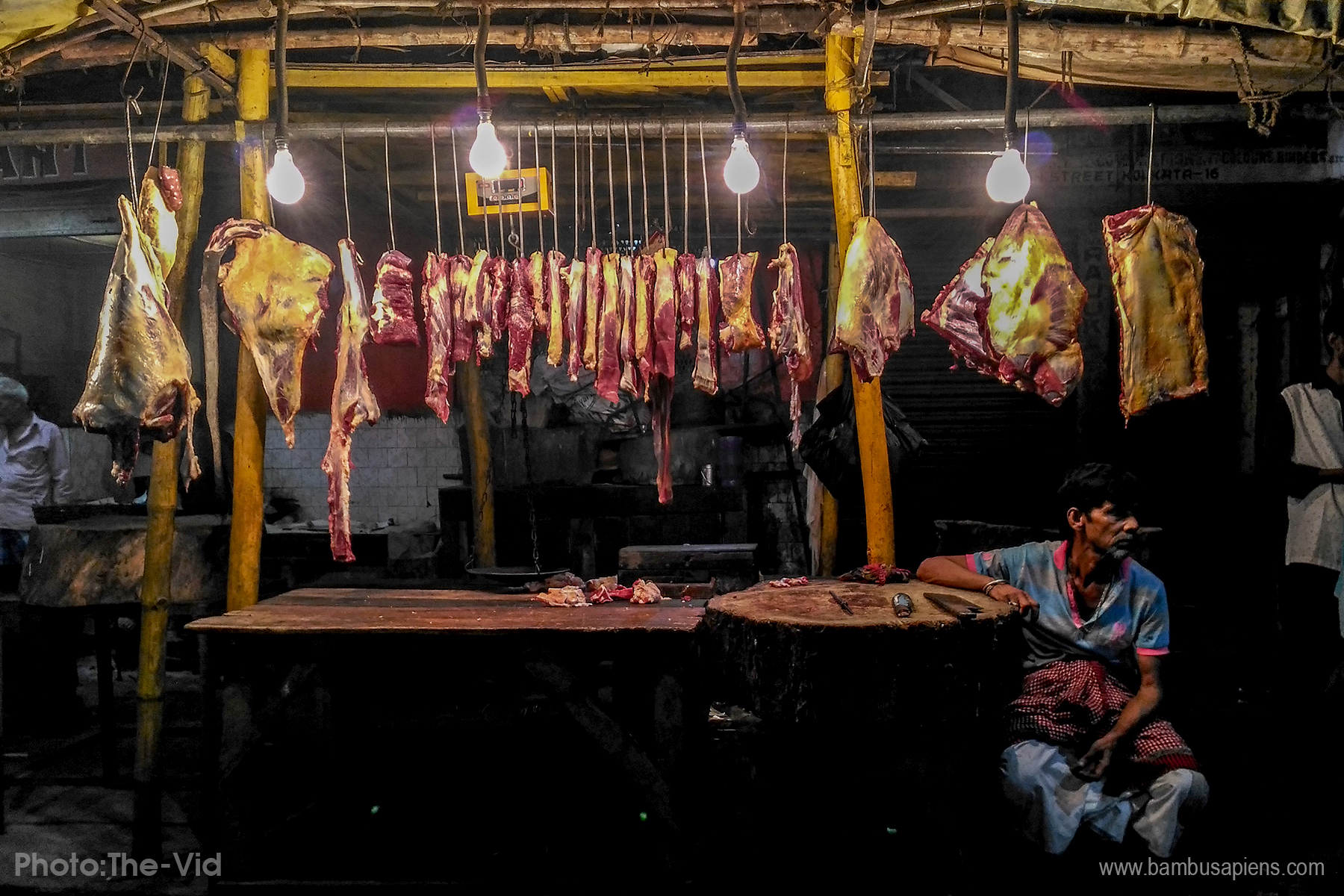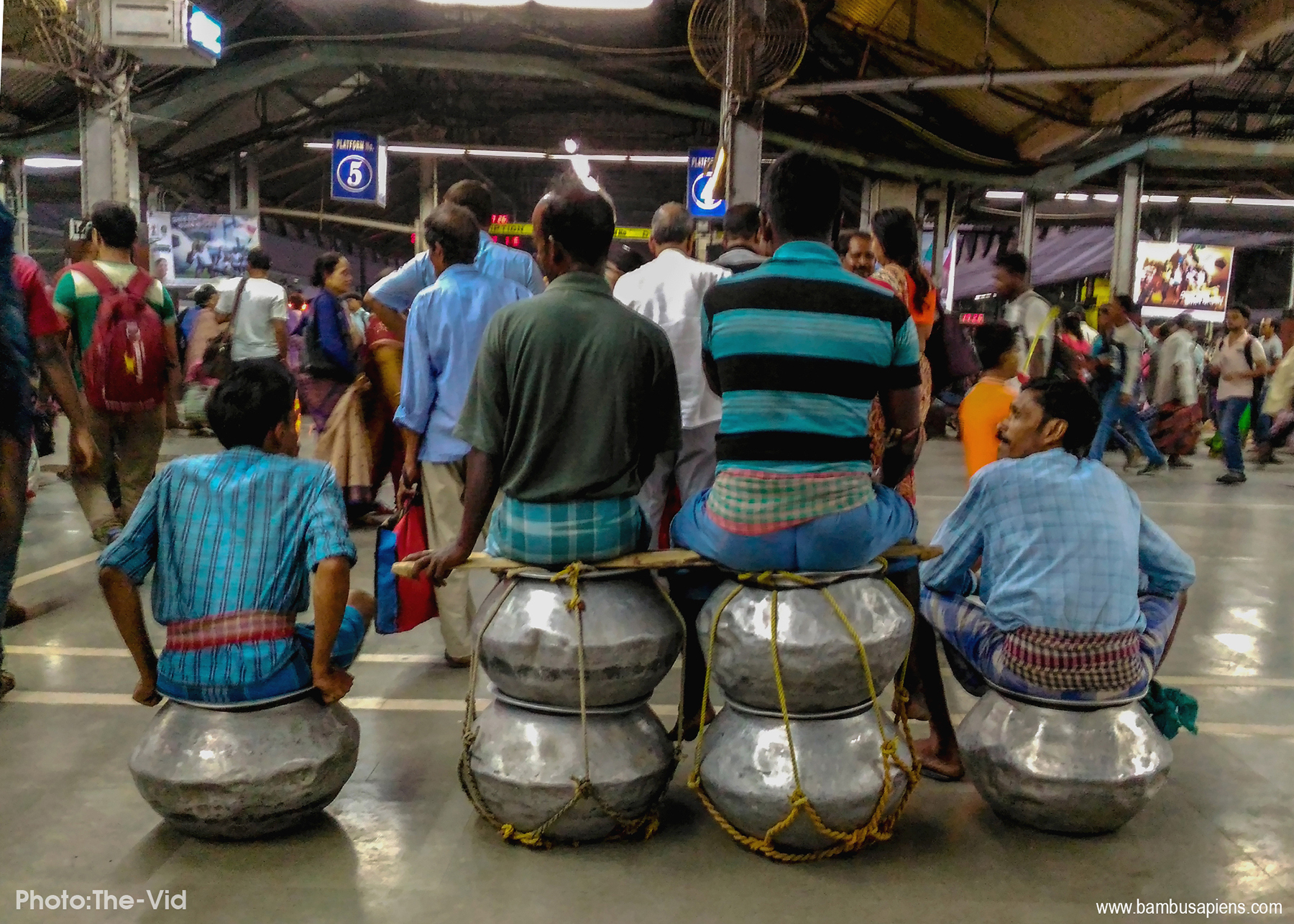Zirna tluang pangngaiah pawl 6 thleng chauh a zira, mahse pawl 6 thleng chauh zir zawng zawngah chuan ani aia fing hi an awm kher lovang. Hna thawk chungin private-a pawl 9 exam-in a pass leh a; pawl 9 pass zingah ani aia thiam leh hre ril hi an awm chuang hek lovang.
Kan naupan laiin lehkhabu pan te, a kawma a ziaktu hmel chuang, ngaihnawm zet mai hi ka u hian min chhiar sak thina. Ziak leh chhiar ka thiam ve chinah erawh chhiar sak ngailovin chu lehkhabu ngaihnawm chu ka chhiar ve thin. “Tunlai Khawvel Thlirna” tih lehkhabu ka chhiar atanga ka hriat, Upa C. Rokhuma thuziak te hi Mizo ziakmi te kutchhuak zinga ka chhiar hmasak ber a nih ka ring!

Pianpui finna sang leh thuk tak nei, zirtirtu, zirtirtu te zirtirtu, sipai bang – Indopui II-na Veteran, Sande Sikul zirtirtu te zirtirtu, ziakmi, pa titi thiam, thil chik mi, pa chak, pa taima, Pathian tih mi, vantlang tana mi inpe, scientist, mi rinawm…a tlar thui teh e! Upa C. Rokhuma tluka Mizo mipui te tana thawhhlawk hi an tam lo khawp ang!
A chanchin tlem
Upa C. Rokhuma hi July 21, 1917-ah Reiek-ah a pianga, unau 9 zinga a upa ber a ni a; farnu 3 a nei. A nupui Pi Lalrinthangi (L) nen hian kum 1939-ah an inneia, fa mipa 4 leh hmeichhia 3 an nei a, tu 19 leh tuchhuan 15 an nei bawk. Upa C. Rokhuma hian 1934 – 47 chhung khan hmun hrang hrangah zirtir hna a thawk a, 1946 – 1953 chhungin sub-Inspector of School hna a thawk bawk. Guru Training School (Teachers Training School)-ah kum 1955 – 66 Instructor hna a thawk a, MSSU hnuaia Sunday School zirtirtu training Instructor hna kum 1967 – 1978 thleng a thawk bawk. Tin, Indopui II-na hunlai khan Sipaiah a tang bawk.
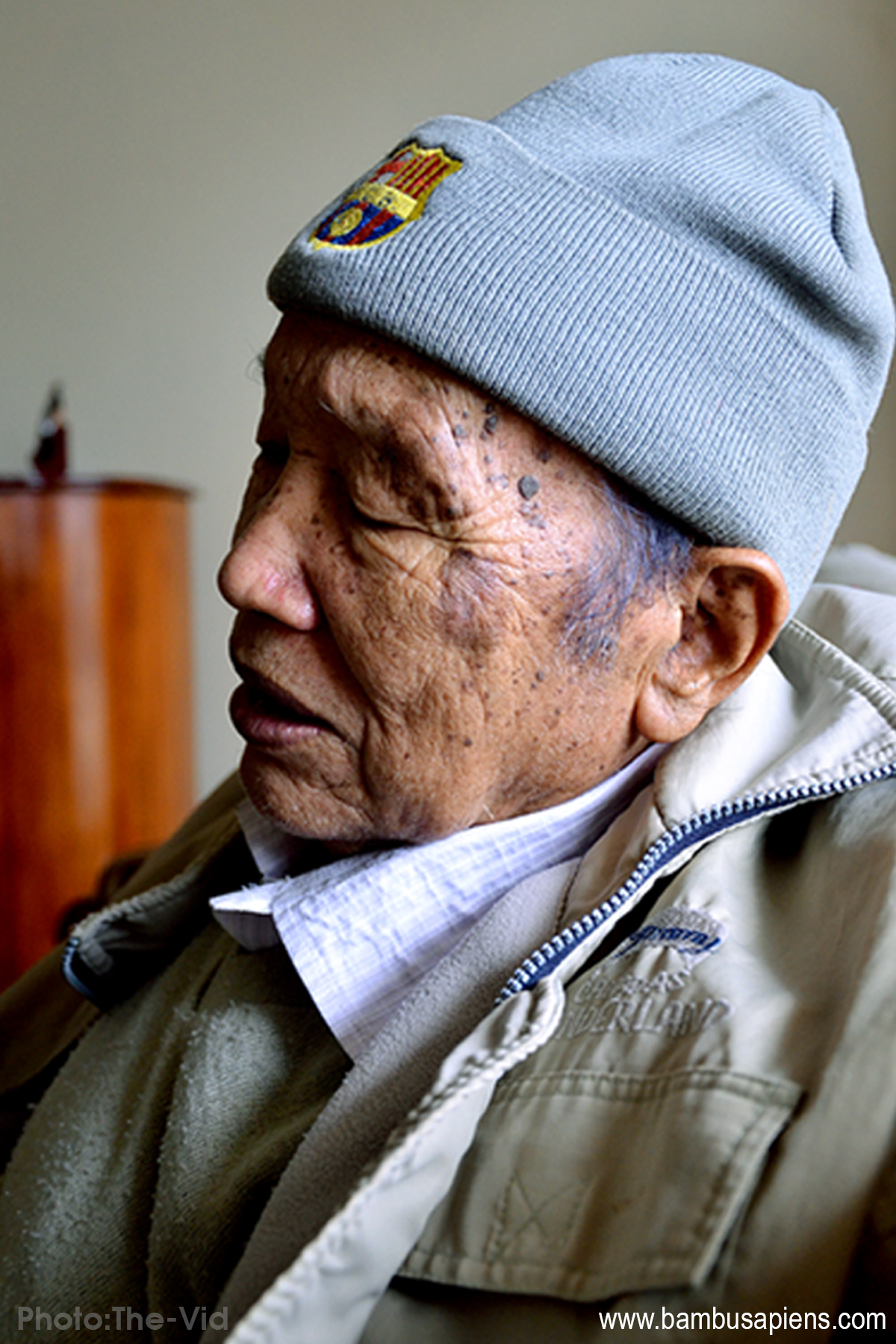
Vantlanga tana mi inhmang tak a ni a, YMA President a ni thin a, Mautam tam lo thleng tur laka inven nan 1951-ah Tam do pawl a dina. Ruahmanna hrang hrang an siam te chu sorkar pawhin ngai pawimawhin theih tawpin hma an laa, Mautam tam pawh a ziaawm phah hle. Mautam chungchanga hriatna thuk tak nei a nih avangin Kum 2006 – 09 chhoa Mau a tam leh pawh khan mithiam te thurawn lakna pawimawh tak a ni chhunzawm zel bawk.

Vantlanga tana a hnathawh that avang hian kum 1992 khan India President hnen atangin PADMA SHRI chawimawina hlu tak a dawng a, hmun hrang hrang atangin chawimawina chi hrang hrang a dawng bawk.
Synod Boys Hostel-a kan awm laiin tum khat chu inkhawm a kaihruaia, zai tura The Barnabas (Male Voice) te a sawm kha mitthlaah a lang reng thin! Miin thiam an tih thu te, sawi lawk se tape recorder-a lo record a chak thu te kha a sawi a, Kohhran mipui te pawh kan nui hak nghe nghe. Upa C. Rokhuma hi Chhimphei Presbytery Inkhawmpui, Bungkawn kohhrana kum 1978-a neihin Mission Vengthlang Kohhran Upa ni tura a nemngheh, rawngbawlna kawnga mi thahnemngai, Kohhran humhalh mi a ni.
Padma Shri kiangah ni khat
Tawnhriat ngah te kawma, an titi ngaihthlak hi kan chak thina, chung zingah chuan Upa C. Rokhuma hi kan kawm chak ber te zinga mi a ni a, naupan lai atanga kan ngaihsan tawh a nih avang te pawh a ni tel bawk ang. Pa upa lam a nih tawh avangin thawn thut chilohah kan ngaia, a tunu, Lalrokimi kaltlangin len kan duh thu kan hrilha, Sept. 4, 2012-ah remchang min lo siam sak ta hlauh maia kan lawm hle a ni.
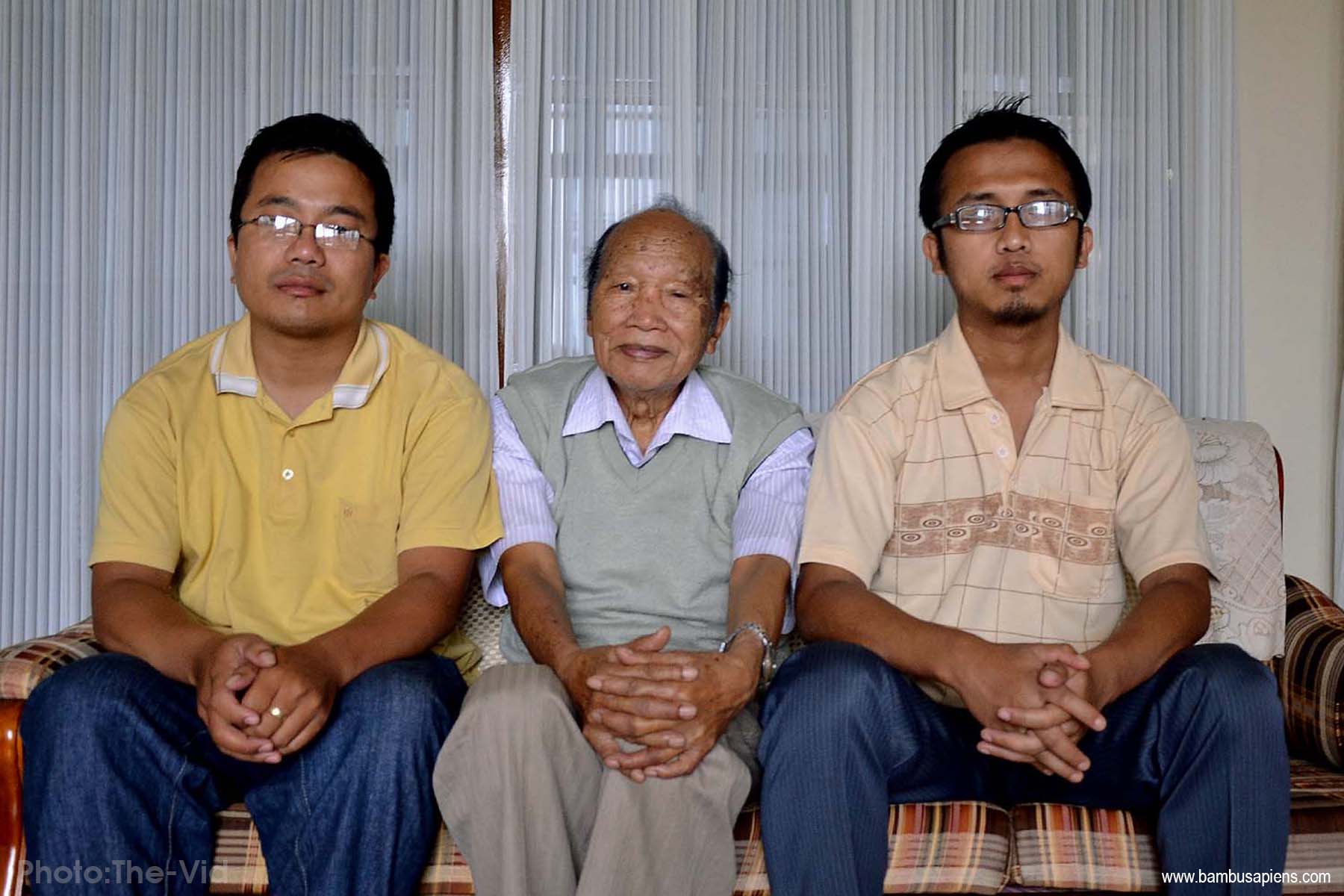
Kan kawm tum hian Upa Rokhuma hi kum 95 mi a ni tawha, a hriatna that zia leh thil a chhinchhiah theih zia hi chu sawiloha leng a ni. Kan kawm chhung zawnga mak kan tih leh kan sawi tawp theih loh chu a rinawmna kha a ni. Kan zawhna kha a hriatloh zawng a nih hlauh chuan a hriatloh thuin min chhang maia, a rinthu a sawi ngailoa, hre awm angin min chhang lo, “Ka hre hauh lo mai” a ti thên mai. Nia a hriat dan emaw a duh duh danin emaw, engpawh mai kha sawi ta se keini, hre pha velo kha chuan kan awih vek awm si a! Mahse dawt min hrilh duh miahlo leh a hriat loh a hrelo ngam kha kan ngaihsanna tizualtu a ni.

Zawhna inkarakik pui pui, rilrua lang apiang kan zawt a, Rochana’n Mizo History leh Politics lam te, thil chi hrang hrang a zawta. Keiin Science lam, a bikin ecology leh conservation lam engemawzat ka zawt thung a. Heng zawng zawngah hian, “keini te chu lehkha thiamlo kan nia, kan hriat ve te hi chu a lau em mai…ka aiin in hre zawk daih ang…” ti chungin kan hriat ngailoh tha tha min hlui a, kan phur deuhin zawhna kan siam belh zela, a hriat loh zawng chu “ka hre hauhlo mai…” tiin min chhang zel thung a. Maumitvel lo pianchhuah dan ni a pi-pu ten an sawi thin min hrilh te, Tut lui dunga sa an pel thin dan a sawi te kha a ngaihnawm teh e. “In hre duh em?” “duh tho mai” “tho mai chauh maw…in hre duh tak tak lo a niang maw…” tia an fiamthu zauh te khan a ti ngainatawm zual sauh bawk.

Kum 95 chhunga a tawnhriat hrang hrang, a bikin Mizo nunphung leh khawtlang inrebawl dan, ram leh hnam an humhalh dan te, ramngaw leh nungcha an enkawl dan te nen min hrilh a. A In a sak laia a bang tur dap a chik dan leh a thawh rim zia a sawi te phei chu a ngaihnawm tak zet a ni.
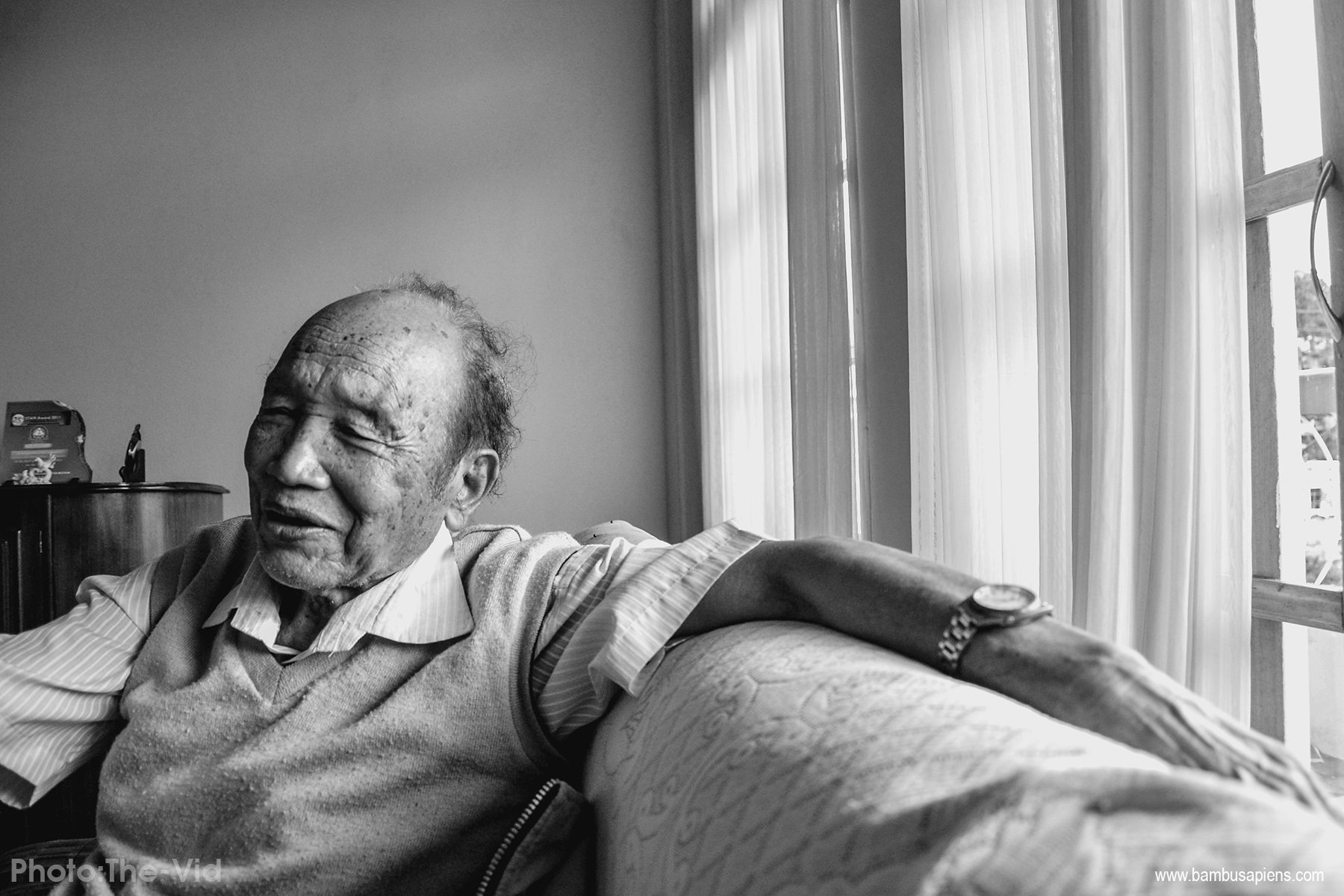
Mizoram khawchin mumal takin a chhinchhiaha, ruah tui tlak dan, ni chhuah leh tlak hun thlengin. Khawpui rik hun leh buh thar inkungkaih dan a sawi thin te khan Applied science lama a rilzia a tilang chiang hle. Mahse heng zawng zawng hi chinchhuakin ka zawt hman ta lo. Serthlum enkawlnan bika a duanchhuah RK Mixture chungchang leh Par arsi hnuaia serthlum a that duh thu a sawi te pawh kha ka zawhchian hman tak loh zinga mi a ni. Mahse a taka a thil tih, a tawnhriat atanga a sawi a ni si. Hetiang indigenous knowledge hi science & technology than zel nana kawng pawimawh hmasa a ni a. Inter-cropping te phei hi chu tun thlengin mi tam takin PhD degree an hmuhna a la ni reng bawk.

Hemi tuma Rawmi chi ka pek kha ti tiak thei tak maw!

Vawi khat dang leh
Kum 2015, April 29 khan a huana thakthing kung thliin a chhem tliaka, thakthing project kan khawih lai a nih avangin sample la-in a huanah, a tupa Hriatzuala (Te-a) nen kan kala. Haw pahin a Inah kan lut kawia, kum 98 mi lai a nih tawh avangin a taksa a chaklovin a lo chaurau ve hle tawh a. Khuma mu chungin a fa thenkhat te nen an lo inkawm a. A aw a la fiahin a ri hriatna a la tha a, a rilru pawh a la fim vek bawk. Amah kawma kum 2012-a kan len tawh thu leh ka research ka zawh tawh thu te ka hrilh chuan min lawmpui ve hle a, chibai te min buk hial. Hei hi Upa Rokhuma ka hmuh hnuhnun ber a ni ta. [ Pu C Rokhuman Mautam chungchang a sawi ka record download duh chuan click mai tur].
An venga raw lianpui mai, mam pel pul, eng rua nge tih an hriat mailoh hi, Hriatzuala nen bawk hian kan va en nghal a, Rawmi (Dendrocalamus sikkimensis) a lo ni a.
A hun hnuhnung
Vawiin, Nov. 23, 2017 hi he khawvel a chhuahsanna champhaphak vawi 1-na a lo ni ve leh ta reng mai. Pa hrisel tak, natna êm êm pawh nei ngailo kha, thawhah avangin Nov. 15, 2016 zanah Aizawl Hospital ICU-ah enkawl a ni a. ni thum hnuah Private ward-a sawn ngam khawpin a tha leh a. Mahse a thawhrimna te chawlhsana, a nupui, kum 2015-a a sun tak kiangah, Pathian angchhunga chatuana chawl ve tawh turin Nov. 23, 2016 chawhma dar 11:30 khan he khawvel hi a lo chhuahsan ta a ni. A tuk, Nov. 24, 2016-ah thlahliam a ni.
Zofate ro dang zawng zawng khuma finna leh hmasawnna kawnga bung thar min kaipuitu, Upa C. Rokhuma’n Mizo fate tana a hnuchhiah zawng zawng hi a hlut zawng chhutchhuah theih loh khawpa hlu leh tam a ni a. A thawhrim rahchhuah tam tak te hi thangtharte tan a zira zir fe tham a ni ngei ang.
